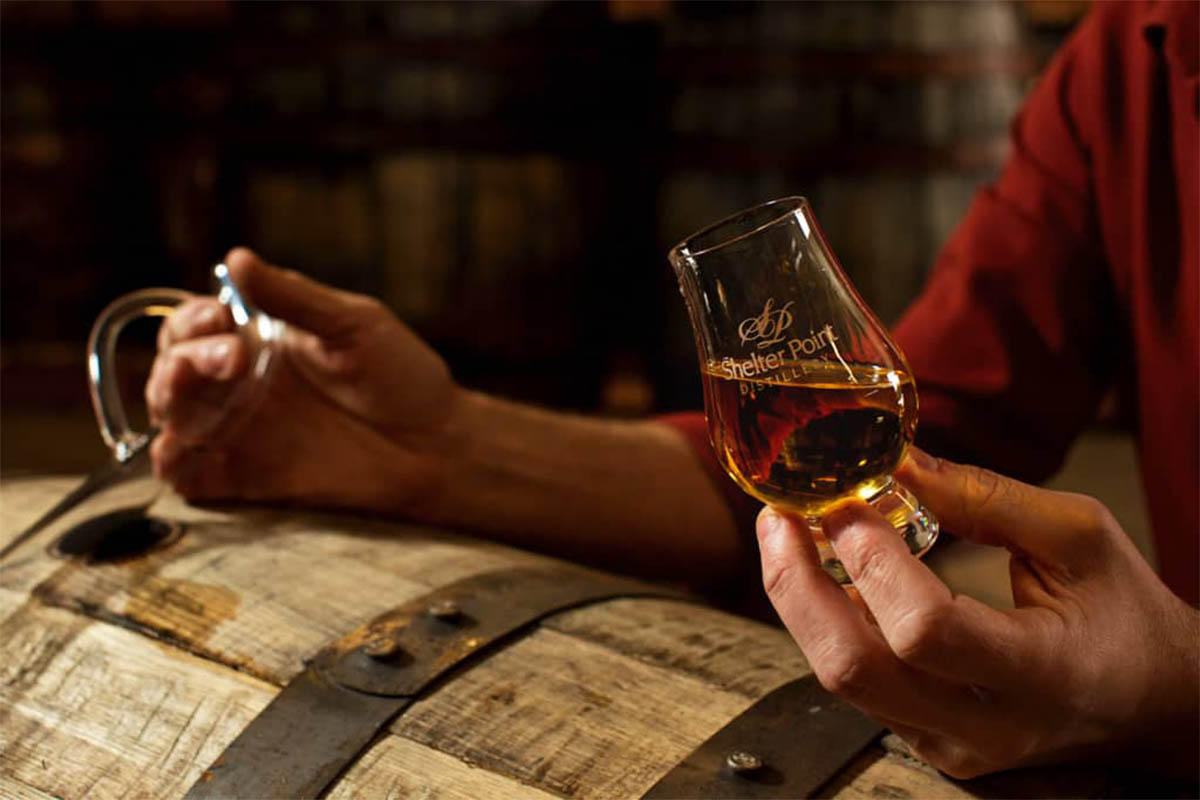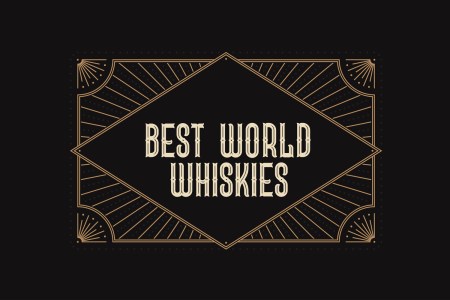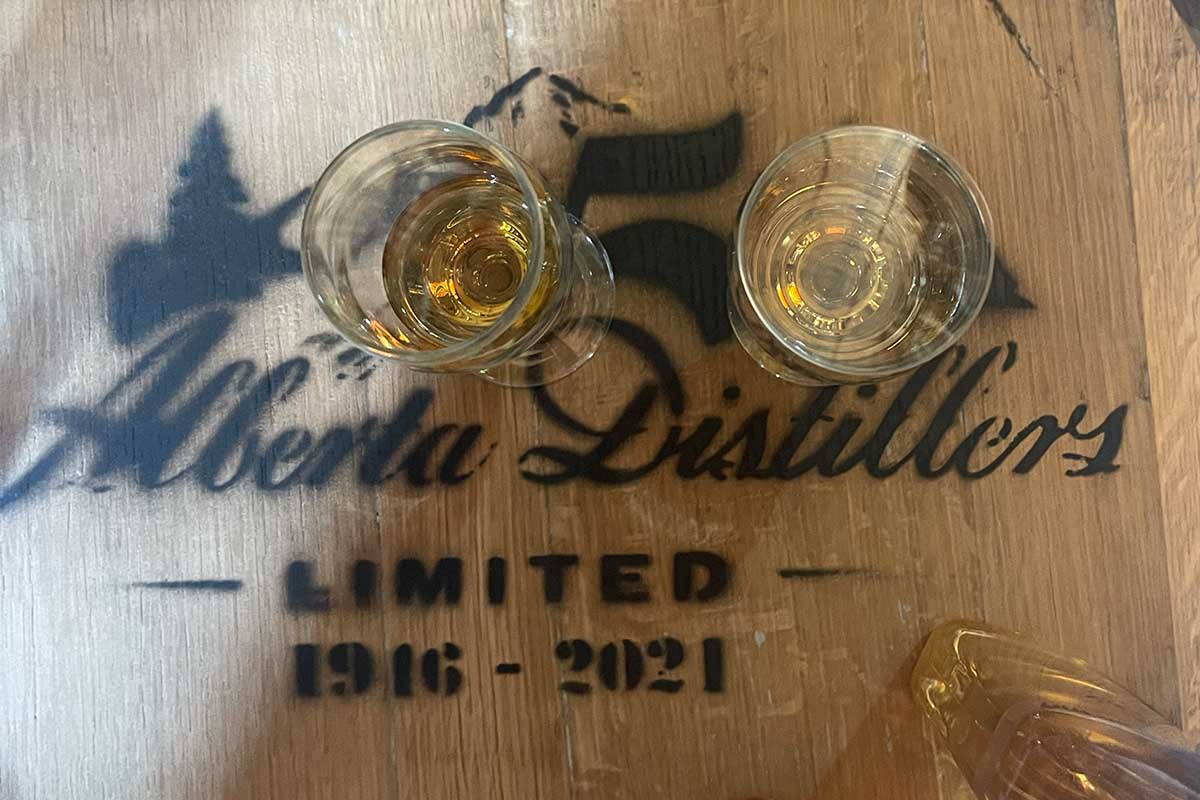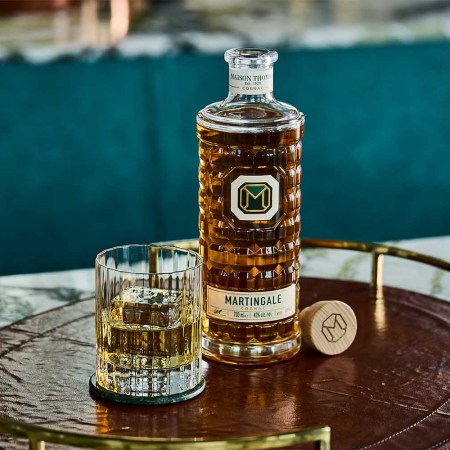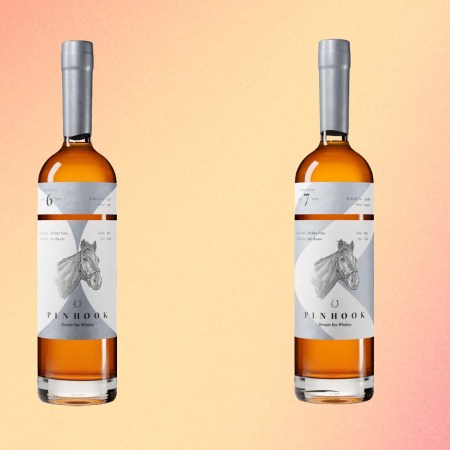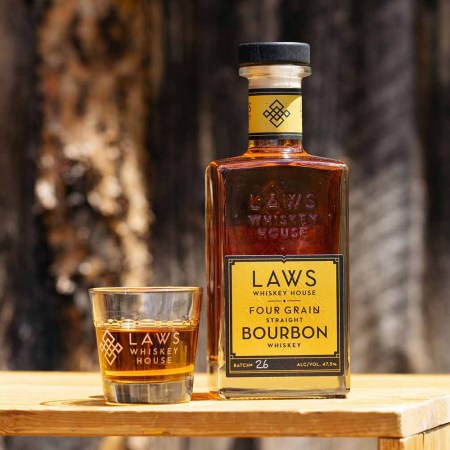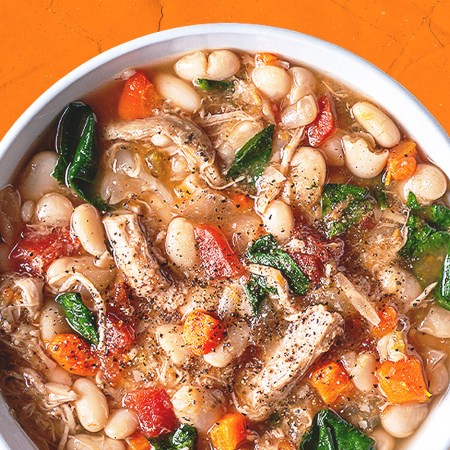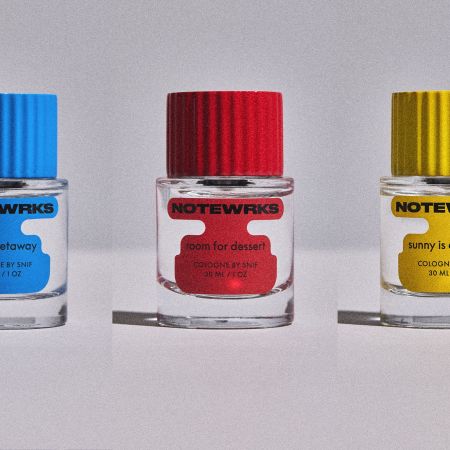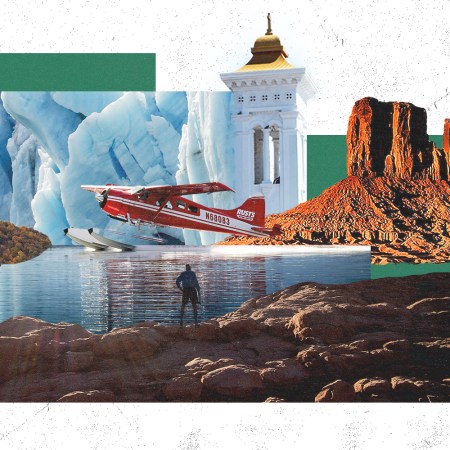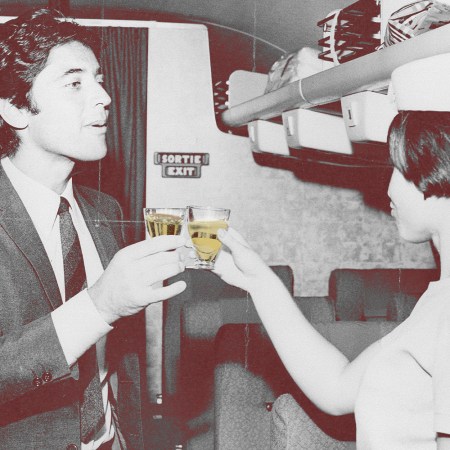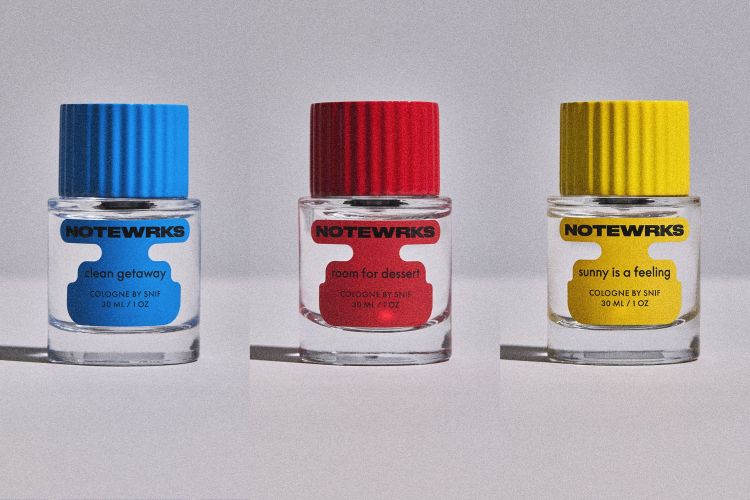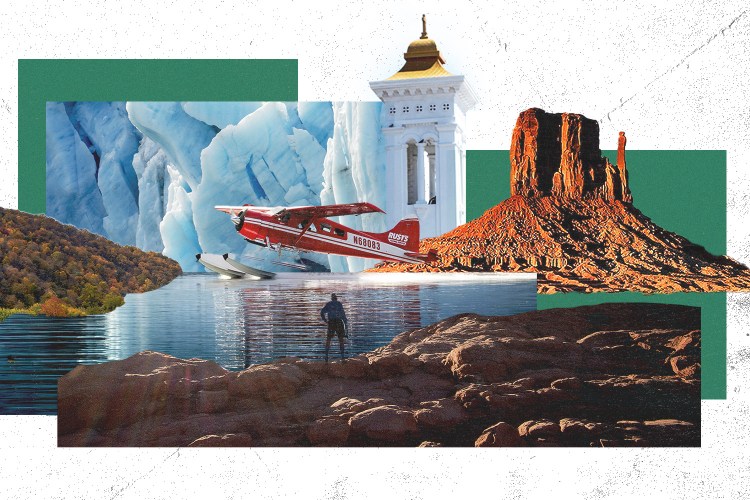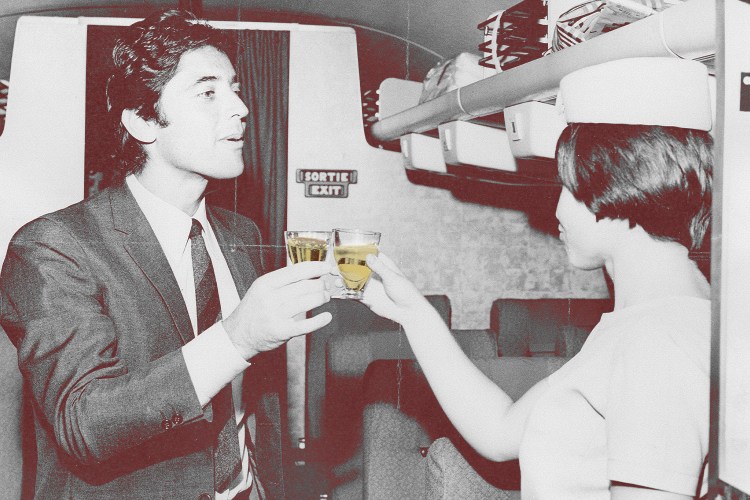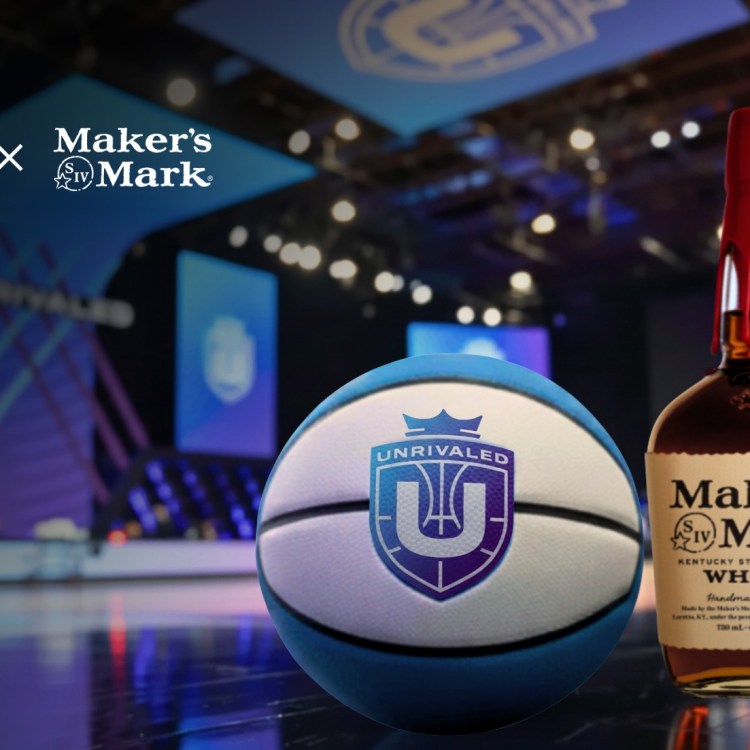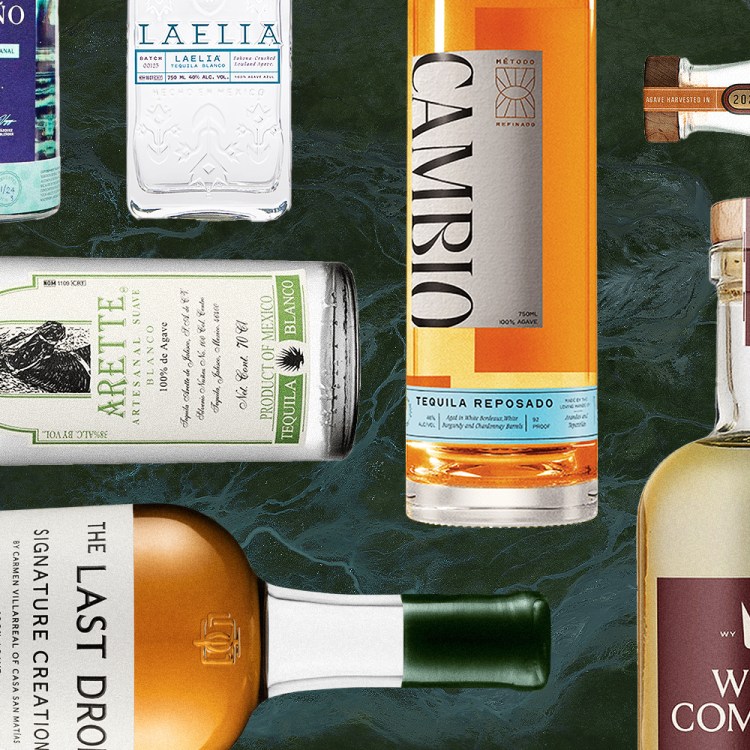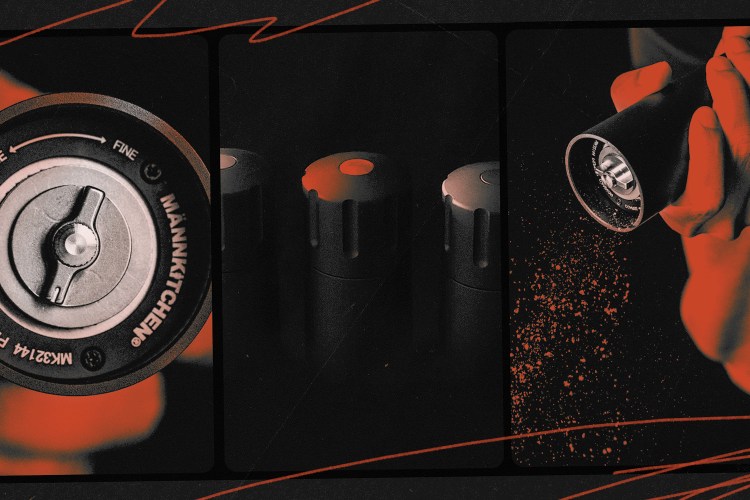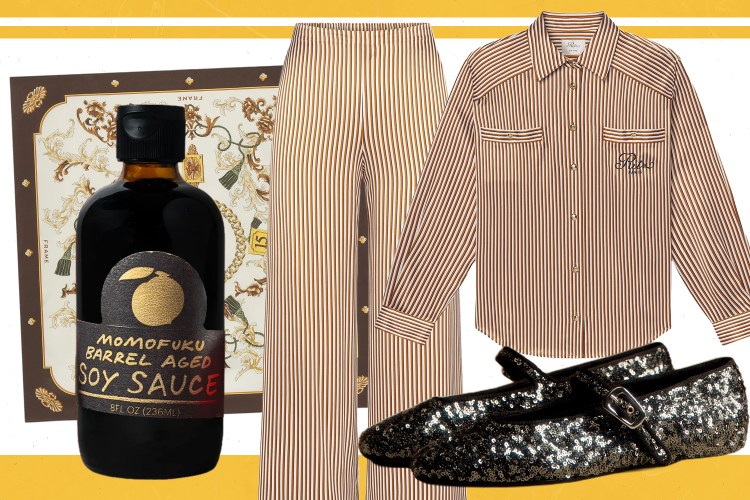(Editor’s note: If you’re reading this on July 1, happy Canada Day. Below, our Canadian writer explains why she prefers whisky from the Great White North.)
There are a lot of tropes that surround Canadian whisky.
Perhaps you think it only comes in a purple velvet bag. Maybe it’s high-rye whisky — full of spice and best sipped during cold Canadian winters. Or maybe it’s a watery, breezy blend that you sip quickly from a shot glass.
But Canadian whisky (no “e,” eh?) is a surprisingly broad and creative category. Unlike American brown spirits, there are few rules or regulations that command the category, so distillers have complete creativity over what they produce. There are over 300 distilleries across the country turning out everything from peat-packed single malts to aged expressions made from ancient Canadian grains.
Not to mention Canada is an excellent place to make whisky. The middle of the country is almost entirely flat — just miles and miles of grains — while the Northern parts are filled with incredibly fresh glacier water.
Canada is also rather lawless with methods of production. Canadian whiskies don’t require mash bills or age statements on their labels — they are only required to have a minimum age of three years in barrel. That’s it. While American whiskey is distilled from a mashbill (for example, Jack Daniel’s mostly follows 80% corn, 8% rye and 12% malted barley), Canadian whisky is fermented, distilled and matured separately…then blended to make the final product.
“As a category, Canadian whisky breaks down the myth that blending isn’t good,” says George Teichroeb, the general manager for Alberta Distillers. “Blending isn’t a bad term! It ensures that you’re picking the best quality spirit to make the finished product — you’re checking the barrels for quality and exploring what you can do at the blending stage. This gives Canadian whisky uniqueness.”
“We also have the flexibility of the columns,” continues Teichroeb, who also runs an online rye education center to help spread the gospel of Great White Whisky. “We have three different types of distillation methods: continuous distillation, batch column and pot still. We’re also not regulated for what strength we pull off — we can go as high as 96% if we wanted to.”
These factors give the distillers and blenders a huge amount of autonomy — space to run wild with blends, ages, grains and barrels. Some are playing with sherry casks and creative finishes while others are opting for seldom-seen grains as the base of the spirit. Even the ryes are a far cry from those found Stateside, typically showing spice and fruit balanced with a certain leatheriness over the banana-sweet notes of American rye.
So maybe we should pay a little attention to our neighbors to the north?
But that’s often not easy. If you can only list off a handful of Canadian producers, that’s not your fault — eight mega distilleries, including Alberta Distillers, Canadian Club and Hiram Walker, make 99% of the country’s whisky.
In honor of Canada’s birthday, celebrate with a few need-to-know bottles (where available, we’ve provided a few Drizly links, but some of these you may have to travel north of the border to purchase).
The Best Whiskies from Around the World in 2023
Our favorite brown spirits from Scotland, Ireland, India, Japan and more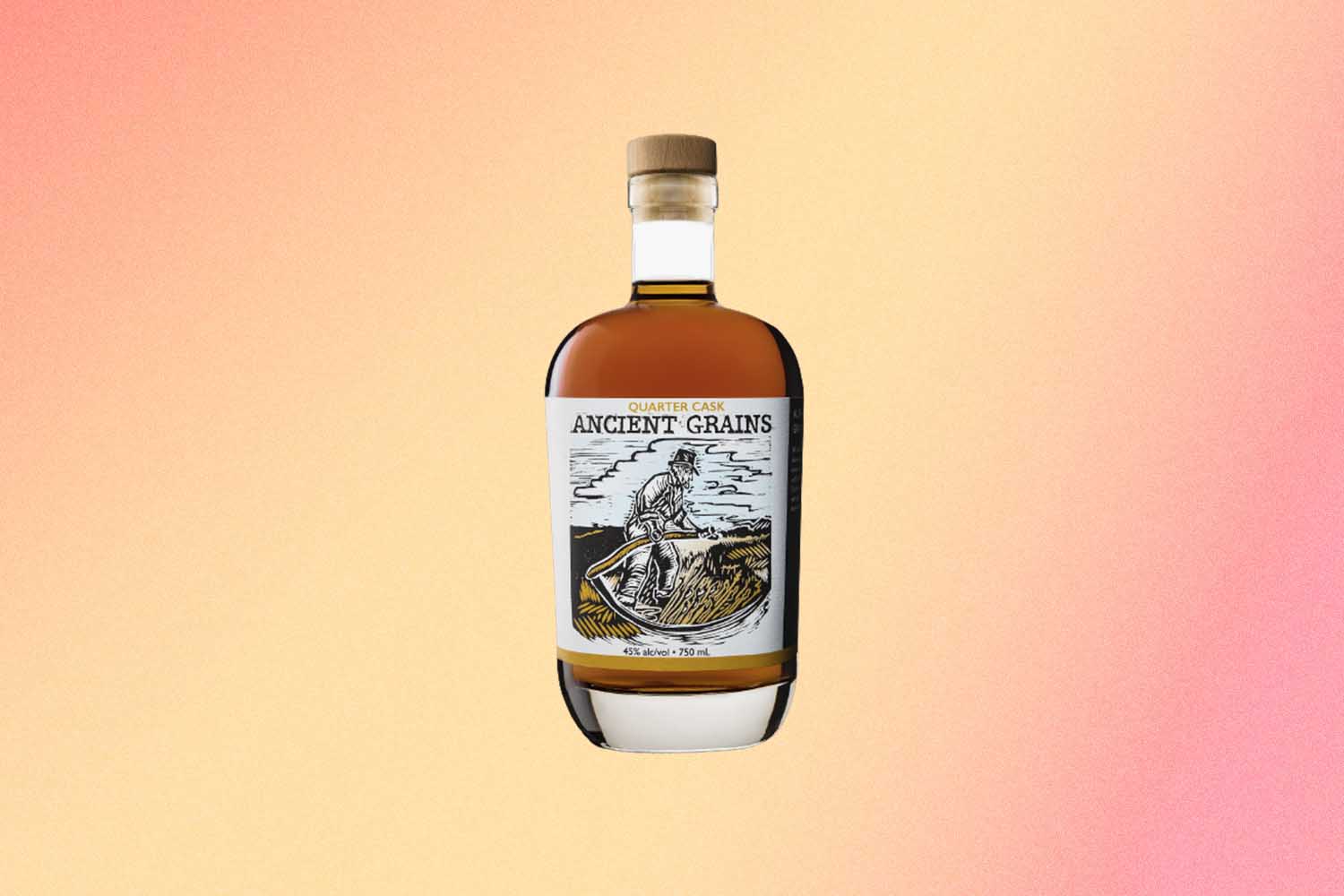
Devine Distillery Ancient Grains
Over in British Columbia, Devine Distillery pulls cues from Canadian distilling history, working with ancient rare grains like spelt, emmer, Khorasan and einkorn. The individual spirits are blended together and then aged in used American oak (barrels are saved to make genever down the line). It’s odd and interesting — there’s a bit of Canadian whisky’s signature spice but a rich herbaceousness to it.
Take note that distilling in British Columbia isn’t easy. In 2013, the B.C. government set new standards for local distillers. To be declared a “craft” spirit, the distillery must ferment its own base alcohol and use only raw agricultural material grown in the province. Tough, but if distillers can meet these requirements, there are plenty of laws and tax breaks that help motivate producers; subsequently, the province has seen a huge boom in hyper-craft spirits over the last decade.
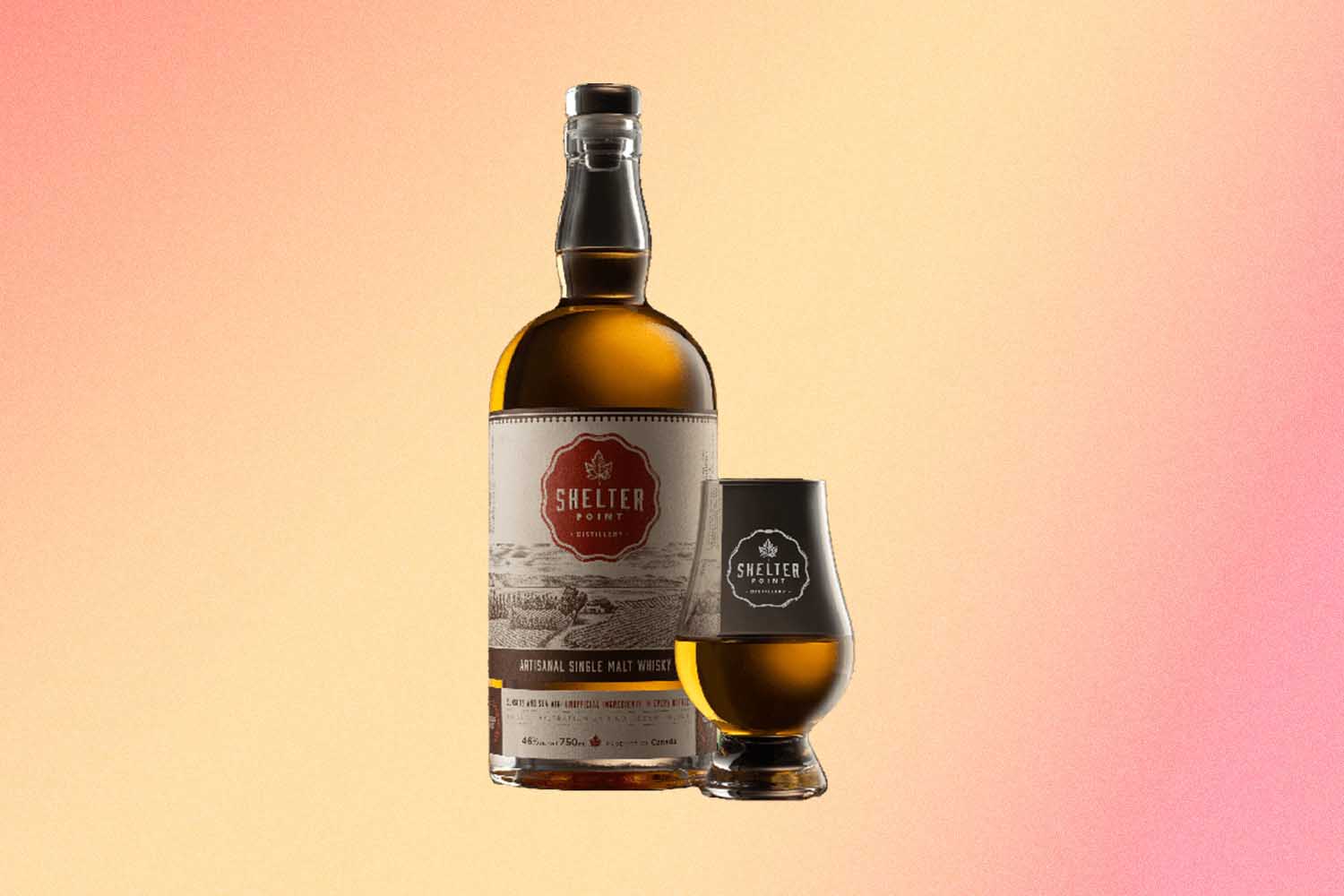
Shelter Point
Also on Vancouver Island, Shelter Point narrows in on single-origin bottlings made with glacier water and distilled through pot stills. Their single malt is made with 100% malted barley (grown on their estate) and aged in charred American Oak barrels on the Salish seaside to impart oceanic characteristics of the whisky. Keep an eye out for their aged expressions, including a 10-year-old single malt aged in barrels smoked with driftwood for a salty, iodine twang.
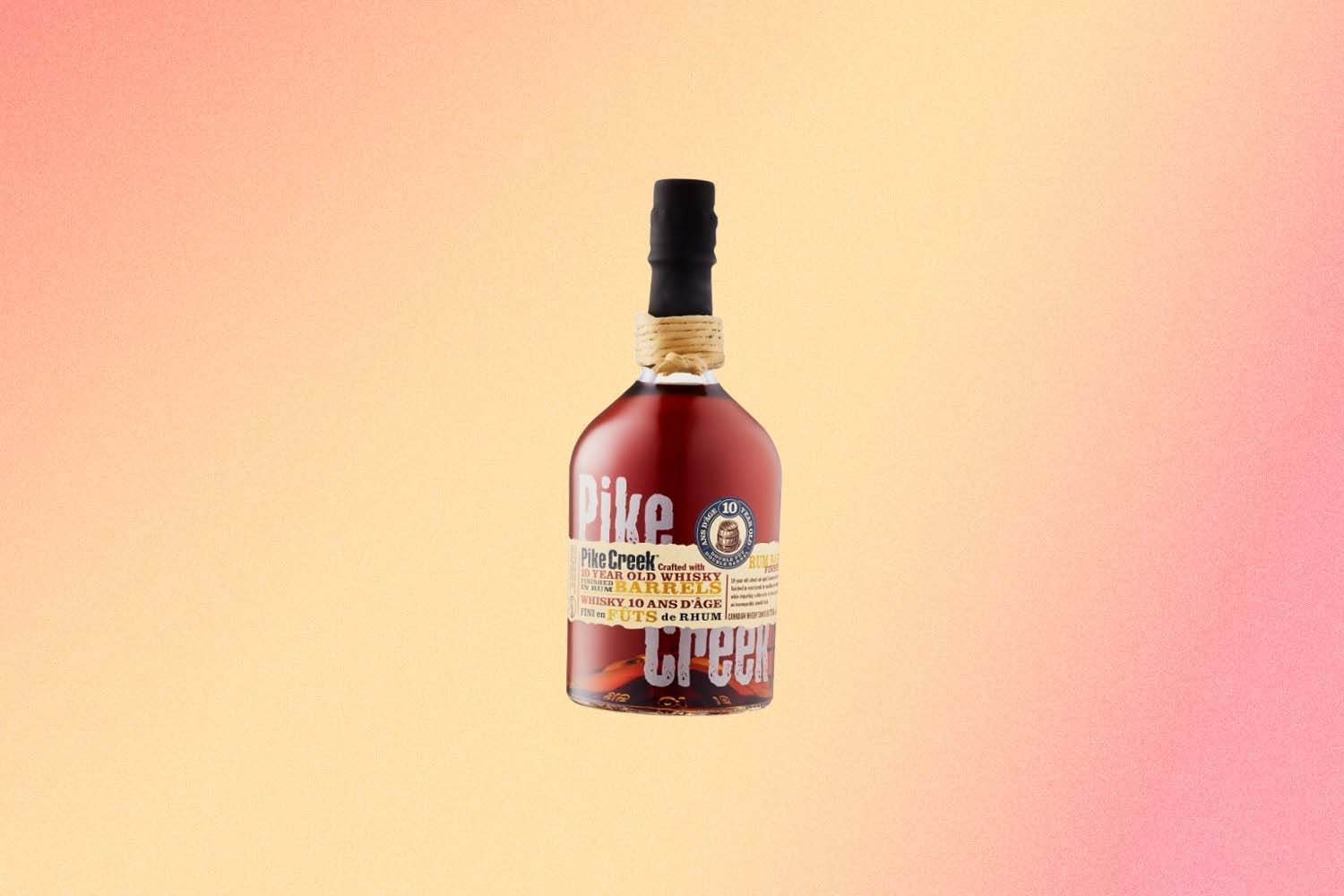
Pike Creek 10-Year-Old Rum Finish
One example of Canadian whisky’s quirkiness is this high-corn whisky finished in rum barrels. It’s got notes of vanilla and pineapple that are predominant thanks to the rum, with a bit of earthiness from a touch of rye added to the final blend.
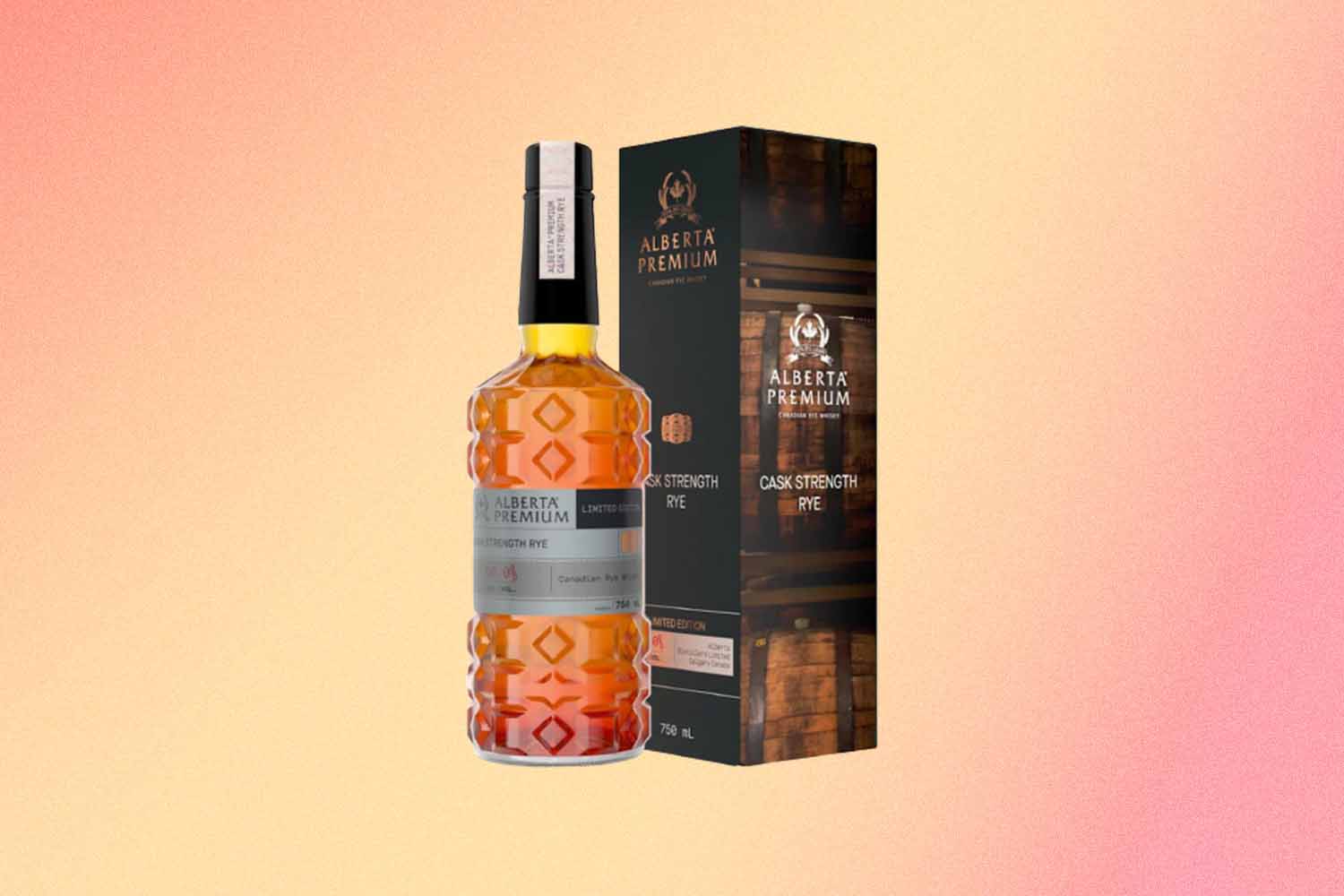
Alberta Premium Cask Strength Rye
This Calgary distillery has been making some of the world’s most category-defining rye for over 75 years. It was crowned the best whisky in the world a few years back; one sip travels from subtle to spicy to smooth, from plantain and cinnamon sugar to a deep oakiness on the finish.
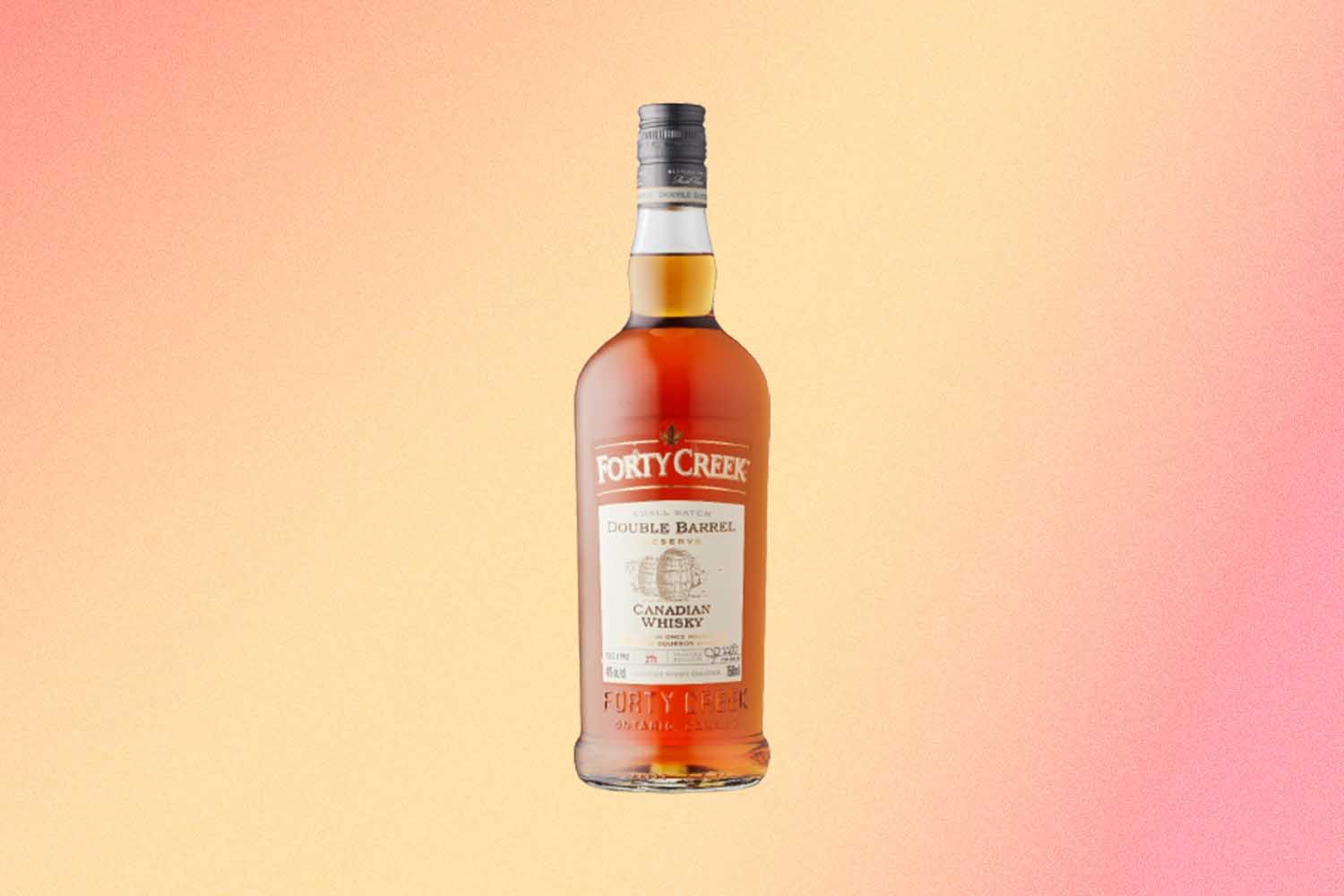
Forty Creek Double Barrel Reserve
A step up from the entry-level Forty Creek, blender Bill Ashburn produces rye, corn and malted barley whiskies and marries them in first-fill bourbon barrels for this double-barrel bottling. There’s a bourbon-ish sweetness, with mellow notes of toasted pecan, vanilla, coconut and citrus. Bourbon drinkers, start here.
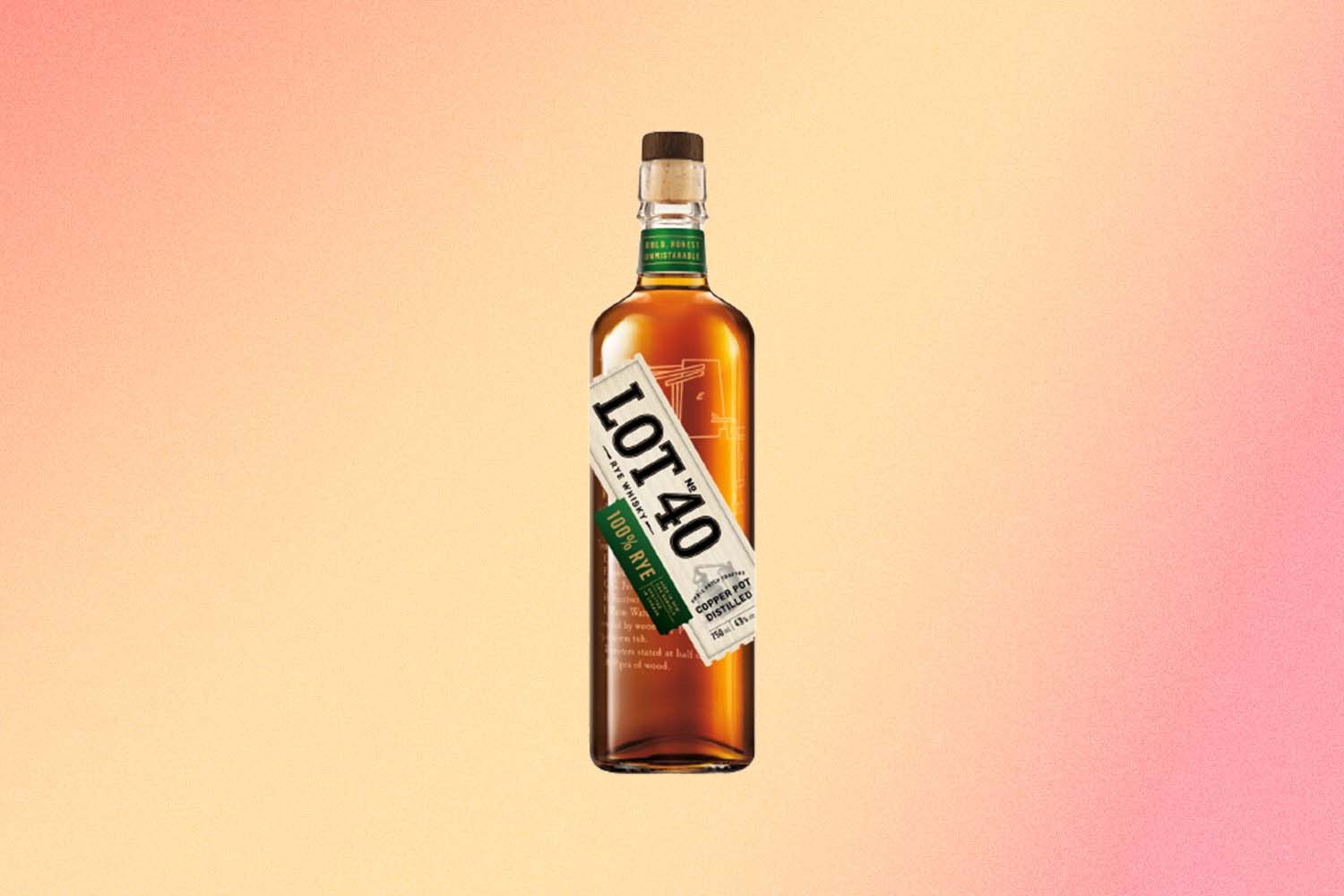
Lot No. 40
An easy introduction to the category is through one of the quintessential Canadian bottlings. It’s 100% single pot still rye with immediate notes of earth that leads into a subtle apple sweetness. It’s got the signature rye spice of cardamom and coriander, plus a full body that makes it a stellar base for cocktails.
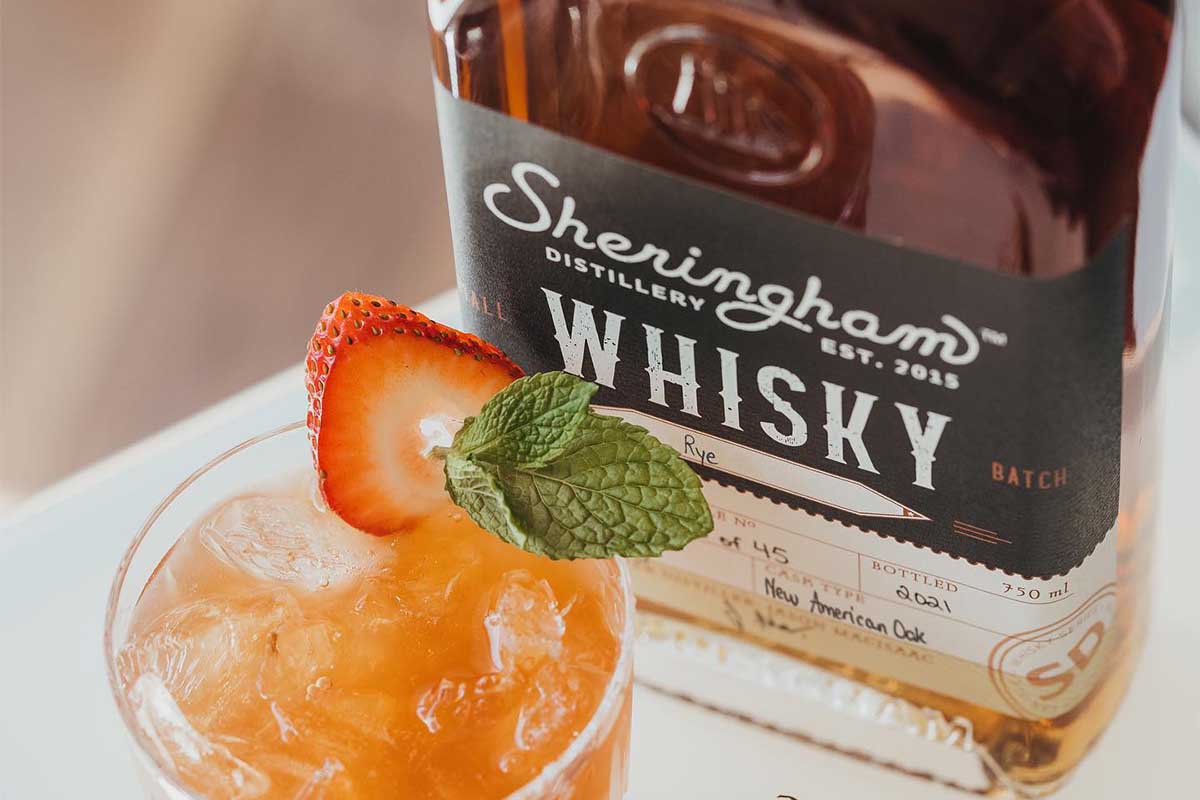
Sheringham
On Vancouver Island, Sheringham also works with heritage grains like whole-grain red fife wheat — the oldest strain of grain in the country (initially brought over from Scotland in the 1800s). It was primarily farmed out for more commercially capable grains until a group of fervent bakers brought it back. Drops of these bottlings are few and far between, but well worth the price of a plane ticket.
Every Thursday, our resident experts see to it that you’re up to date on the latest from the world of drinks. Trend reports, bottle reviews, cocktail recipes and more. Sign up for THE SPILL now.
